What is cavity wall insulation?
Across the UK, most houses have either cavity walls or solid walls.
Cavity walls are built with two layers of bricks with a gap between them. Most homes built after 1920 tend to have cavity walls. This empty space can be filled by cavity wall insulation which keeps your property warmer.
Solid walls are not constructed with this gap, so they cannot be filled.
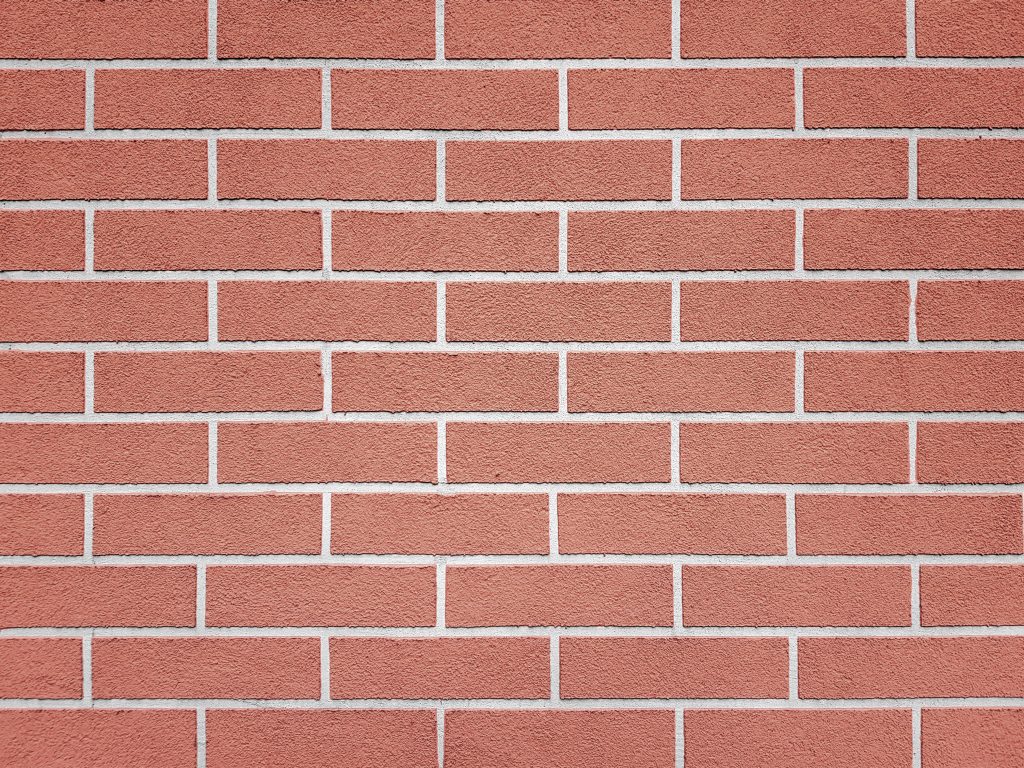
If the brickwork on a property is regular and in an even pattern it is likely to be cavity wall. All of the bricks will be the same size.
Solid walls have an alternating pattern of long and short bricks. Like this.
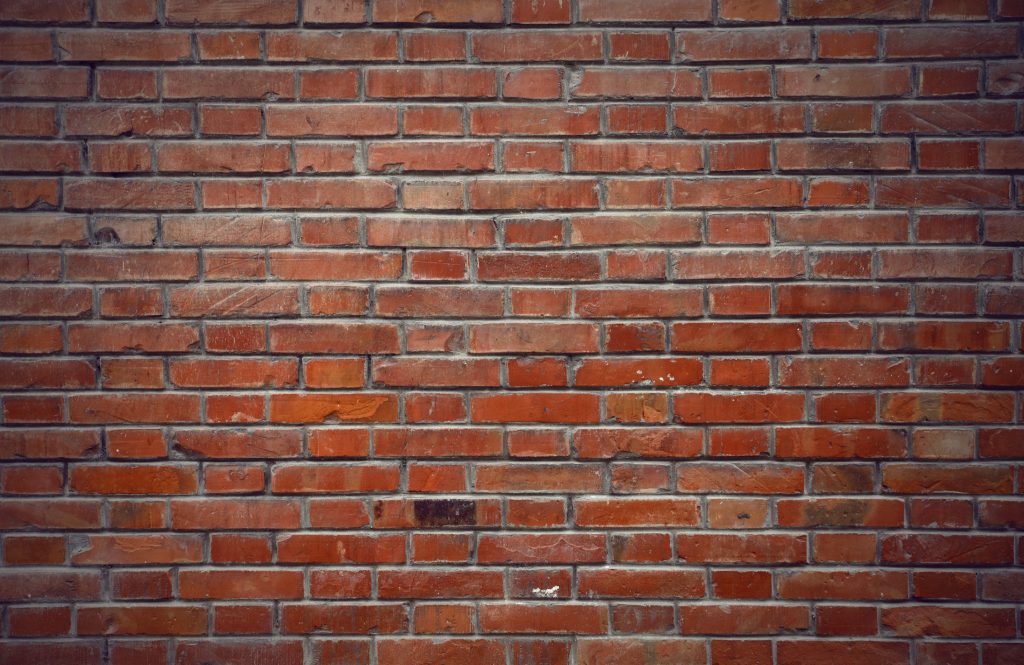
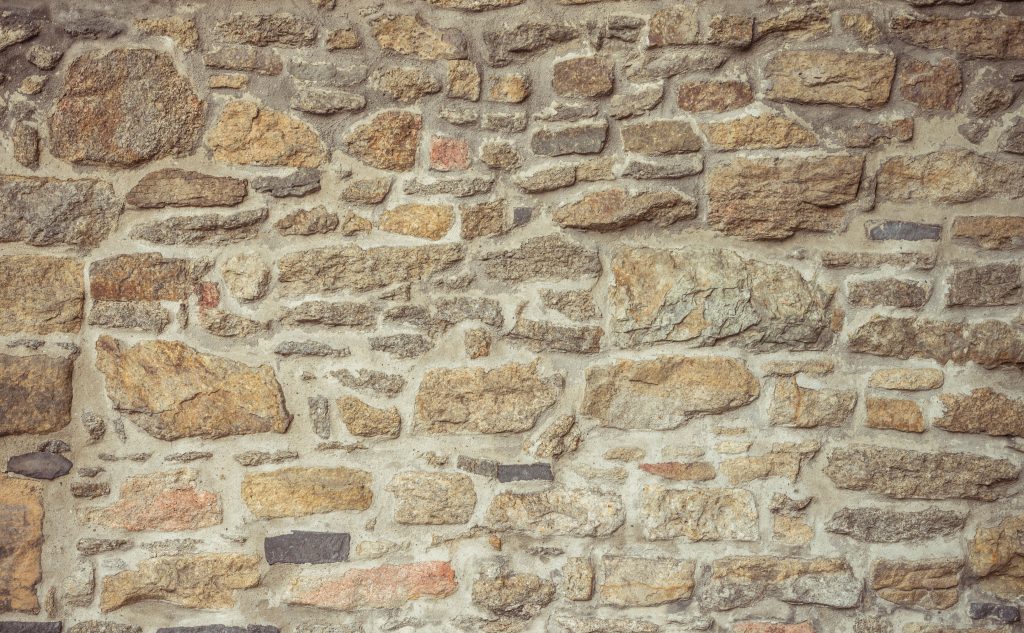
Or this.
Cavity walls can be insulated by administering insulation into the cavity from the outside through drill holes in the walls. These holes will hardly be seen afterwards as they will be sealed over with cement. The insulation material is usually polystyrene beads or mineral wool. It can only be installed by specialist companies and you should not attempt to do this yourself.
According to the Energy Saving Trust, the price for this for the average UK home is £1000. The average saving on energy bills in a year is £395.
When was cavity wall insulation introduced?
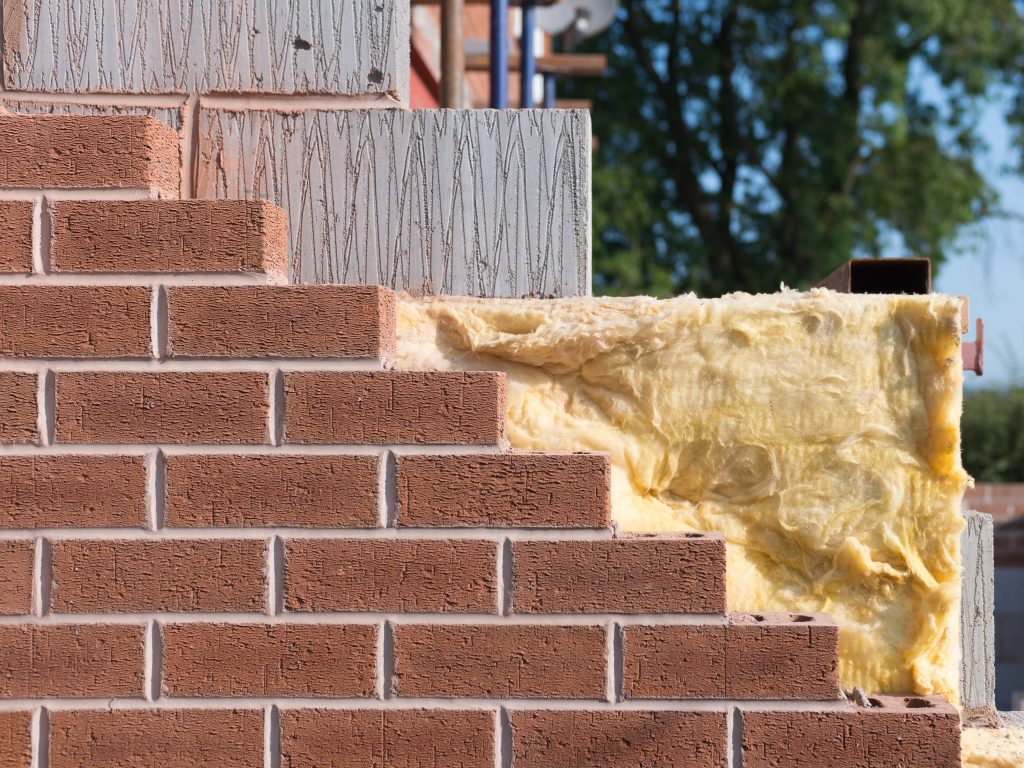
Cavity wall insulation was first introduced during the 1970s, and it became compulsory for all new UK buildings in the 1990s. Any cavity wall property built after 1990 will most likely have cavity wall insulation. To the left is an image of how properties are constructed with cavity wall insulation built in.
Cavity wall insulation cost
The installation cost can range from a few hundred pounds to almost £2000 depending on the size and attachment type of your property. According to the Energy Saving Trust, the average cost for the average house is around £1000.
Grants and funding
You could have cavity wall insulation fully funded if you qualify for ECO4. Click here to read the qualifying criteria and further home upgrades you could access under ECO4.
You can also check if you qualify for funding from your local authority. You can read more about local authority funded home upgrades here.
Can I install cavity wall insulation myself?
No. A qualified installer has to undertake this work as it requires specialist equipment. This is also to ensure the insulation is distributed evenly to make sure there are no cold spots.
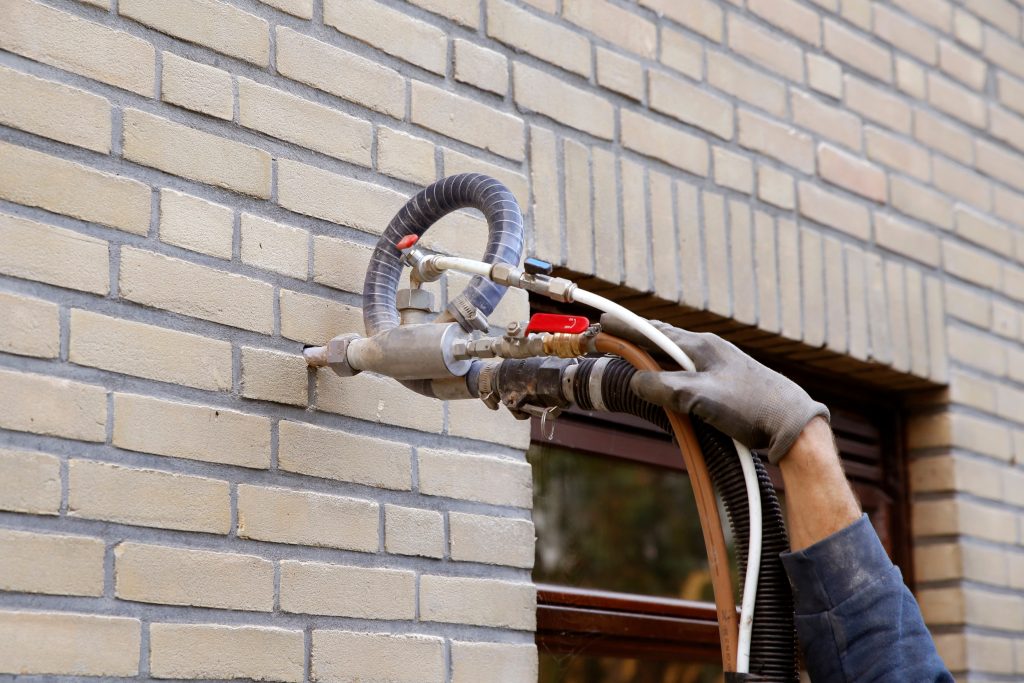
How is it installed?
Holes are drilled into the external walls of your property in a certain pattern to ensure they are filled correctly. Insulation beads or other material is injected through these holes into the cavity from the outside.
What is the best type of cavity wall insulation?
The most widely used material is polystyrene beads.
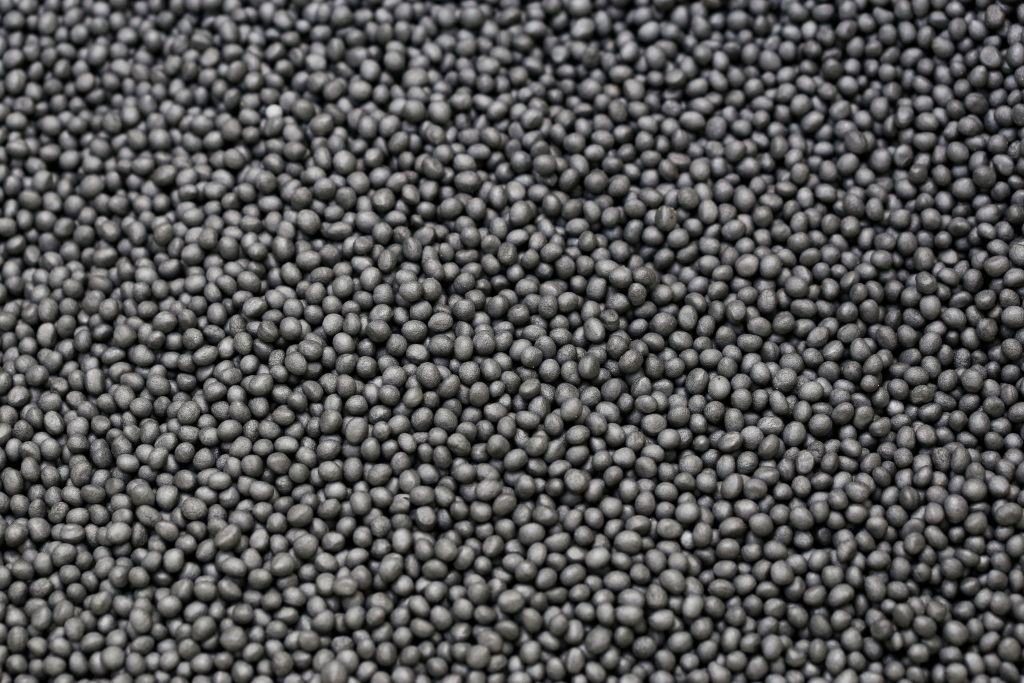
Bead insulation is more popular than alternatives such as mineral fibre and expanding foam. This is because they are more effective at keeping the heat in, and they do not absorb moisture. Beads also make for a quicker install. They do not require scaffolding, and they make it easier to access awkward areas of your walls and insulate them.
Cavity wall insulation risks
A Google search will show you that some people are very concerned about cavity wall insulation increasing the risk of damp in properties. One of the most popular pieces of online content about this insulation is this YouTube video entitled Cavity Wall Insulation Problems – The Ugly Truth. The Wikipedia for this install also explains why people are still concerned about this issue. It reads “In the United Kingdom, grants from the government and from energy companies are widely available to help with the cost of cavity wall insulation… A large number of properties that had the insulation installed by successive UK government-backed schemes were installed incorrectly or were unsuitable for the property.” However, not all of this information is correct, and the process has been improved over time.
Cavity wall insulation myths debunked
A blog post from Heritage House reads “If a cavity wall was meant to have insulation in it, it would be there”. This is not true. All newly built cavity wall properties have cavity wall insulation. Retrofitting older cavity wall properties without insulation is not without its risks, but just because it wasn’t there at the time of construction does not mean it is not a greatly beneficial addition or is impossible to be fitted. As stated above, this insulation is now compulsory in new builds. Insulation does not equal damp issues unless it is incorrectly installed or installed on an unsuitable property. Retrofitting measures, cavity wall insulation included, are scientifically proven to increase comfort of residents and drastically reduce carbon emissions from houses.
The Guardian found that 75% of all homes fitted with cavity wall insulation in 2020 were problem free. This number is growing over time. Reputable installers will offer a guarantee covered by the Cavity Insulation Guarantee Agency (CIGA), which will mean they are liable for damage caused to your property and are contractually and legally obligated to amend any issue.
Negative coverage of cavity wall insulation has gained some momentum over recent years. In 2020, the BBC issued an apology and correction to CIGA, following the reporting of a complaint a customer made which was covered across several BBC platforms: BBC Radio 4, BBC Radio 2, and BBC News Channel. This wide-ranging coverage was sure to gain attention. The installer had gone into administration, and CIGA agreed the installation should not have taken place, but this was not reported. On BBC radio 2, presenter Jeremy Vine stated this installation had gone wrong in “millions” of homes. This is incorrect too. The BBC clarified this: “Industry insiders have indicated to the BBC an estimated 800,000 properties may be affected. There are more than thirteen million properties estimated to have this type of insulation in the UK.” This is 16% of all UK installs and new builds up to and including 2020.
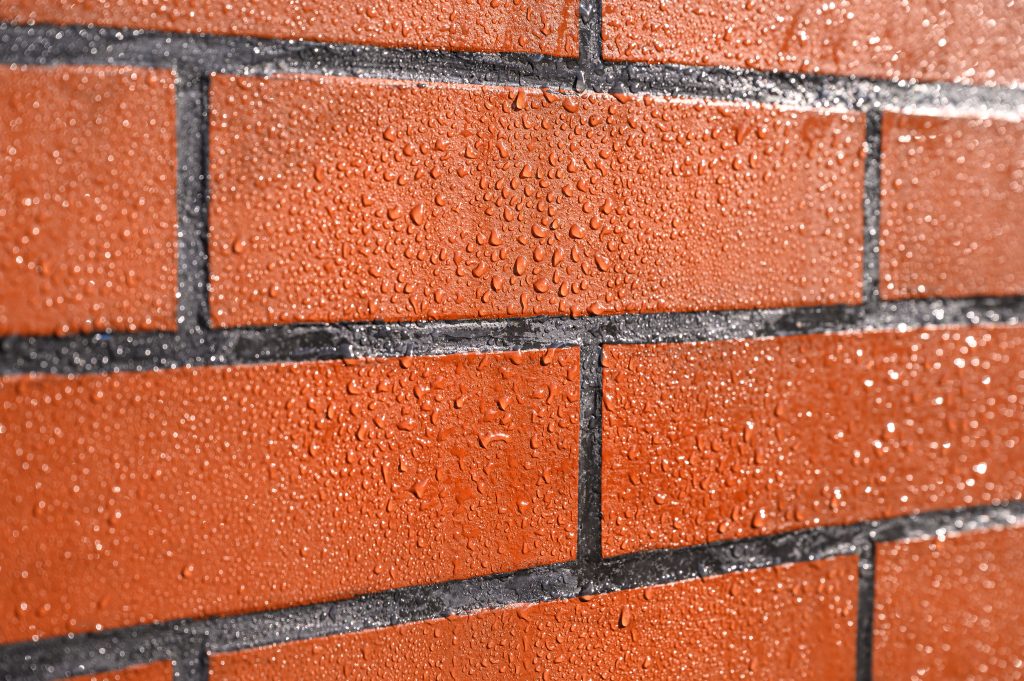
Below, we will detail what puts your home at risk of complications.
A good installer will be able to identify if your house is at increased risk of damp.
Bead insulation will reduce the likelihood of damp, but in 2011 Which wrote “Damp could occur in properties as a result of cavity-wall insulation if there is a combination of these factors:
- Your home is exposed to severe levels of wind-driven rain
- Your home is located in an unsheltered position, eg not protected by trees or other buildings
- The external walls are poorly built or maintained with, for example, cracks in the brickwork or rendering
Published guidance by the Building Research Establishment says that in these cases there is “an increased risk of rain penetration if a cavity is fully filled with insulation”. Rain could penetrate the outer wall, bridge the cavity via the insulation material and transfer moisture to internal walls, causing damp.”
Under the ECO scheme, an installer would not be paid unless there is sufficient photography of the inside of the cavity. These are referred to as “borescope photos”. A borescope is used to inspect the inside of a structure through a small hole. As an installer, we know that for ECO4 energy providers require this evidence for cavity wall installs and cavity wall extractions.
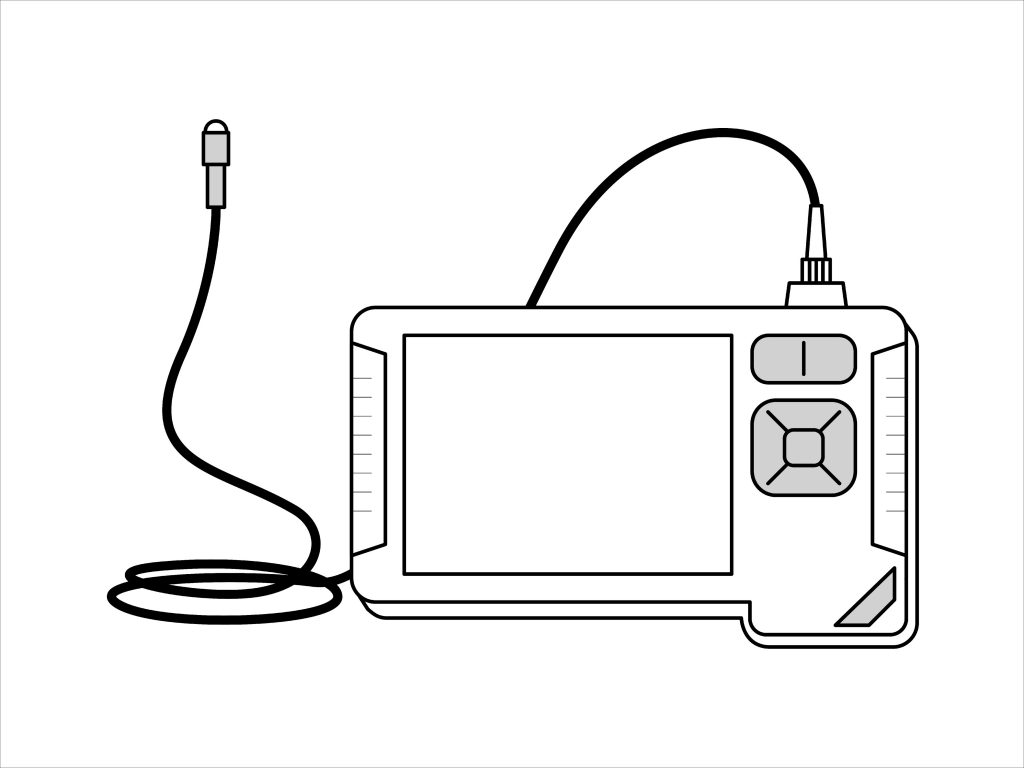
Installers should always carry out inspections of the external walls, inside of the cavity, and ventilation of the property before any work is carried out. Any installer registered with CIGA (such as us) is financially responsible if there are any issues.
Which houses are not suitable?
Properties on the west coast are particularly at risk, as the rain is blown in from the ocean. This rainwater is blown onto the external walls and can seep into weak spots in the walls. Penetrating damp and mould problems will then occur in the property.

Timber frame properties use a frame structure of large posts and beams. These are unsuitable for cavity wall insulation as this property type would be at risk of rot or corrosion.
How long does cavity wall insulation last?
Cavity wall installs most often come with a 25 year guarantee.
This insulation is designed to last for the entire lifespan of the property. If fitted correctly by an experienced and qualified team, then the insulating materials spraying into your cavity walls will remain in good condition forever and never need replacing.
Cavity wall insulation and ventilation
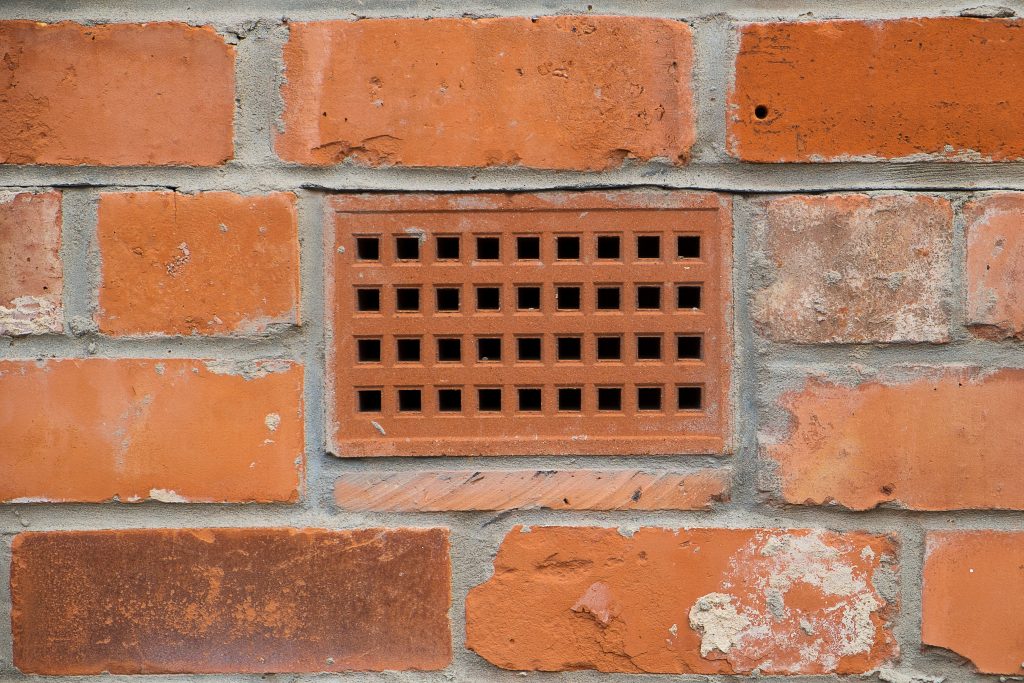
Cavity wall insulation installs do not require air bricks but this could change property to property. If your home already has air bricks it will be assessed whether or not they need removing. Obsolete cavity ventilators must be sealed with an appropriate material to prevent damp. If you have a suspended floor with air bricks present any reduction in air circulation to the floor void following the installation of cavity wall insulation due to unsafeguarded vents would rapidly raise humidity under the timber floor and within the property. This would increase condensation and ultimately provide an environment ideal for timber destroying mould spores to develop. During your property’s survey prior to install, it will be assessed whether any additional ventilation requirements are needed.
The bottom line
Hopefully this post should have cleared up any questions you may have had about this insulation. If carried out by a reputable installer, you should not encounter any issues, and you can report any issues to CIGA up to 25 years after install. In summary, cavity wall insulation is one of the longest lasting energy efficient home upgrades your property can have.
